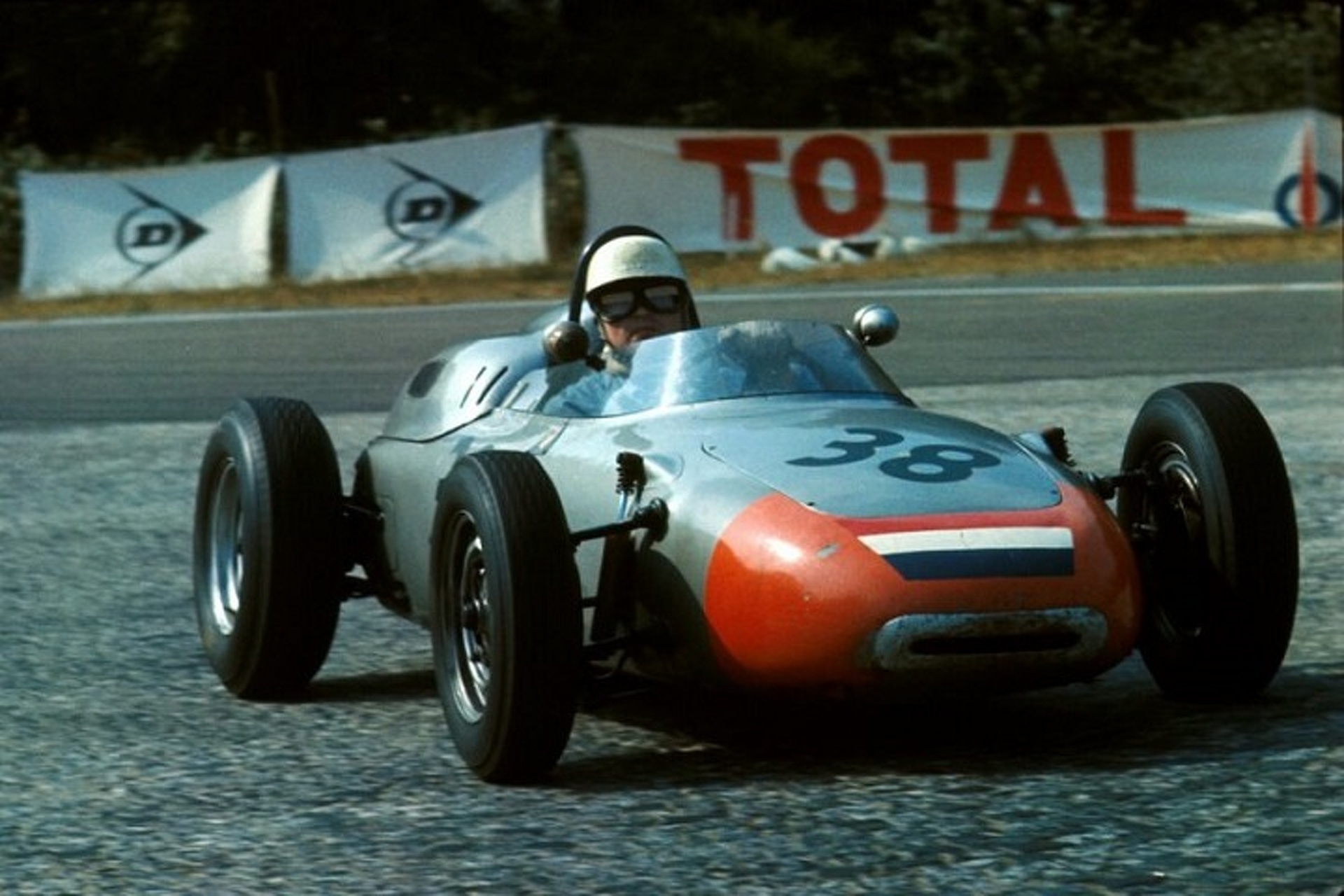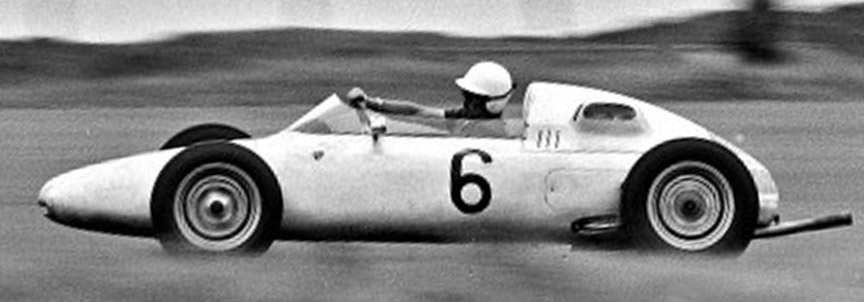Porsche 787 F1 (1961)
Premiere: 1961 May 14, Monaco GP / Engine: 1.5-litre 4-cam flat-4 / Gearbox: 6-speed / Predecessor: Porsche 718/2 / Successor: Porsche 804 / Constructor: Porsche / Designer(s): Wilhelm Hild /
Notable drivers: Joakim Bonnier, Dan Gurney
The Story
1961 was the first season when F1 cars were limited to 1.5-litre like F2 cars before (F2 limited to 1.0-litre in 1961). For the 1961 F1 season Porsche created a new car called 787. The first car (a prototype) was created from the experimental Porsche F2 car with chassis number 718/2-05. The 1961 Porsche 787 was the first Porsche with fuel injection, 6-speed transmission and coil springs in all corners.
The first race for the 787 was the 1961 Monaco Grand Prix. The best Porsche in the race, a 718/2, scored 5th, but the best 787 driven by Hans Herrmann, scored 9th after a pit stop caused by a fuel leak. Herrmann drove the 787 prototype with chassis number 718/2-05.
At the 1961 Monaco GP, Jo Bonnier drove the cars with chassis numbers 787-01 and 787-02. One of them he used in the practice and the other in the race (both wearing number 2).
Because of the fuel injection failure on lap 59, Bonnier couldn’t finish the 1961 Monaco GP.
A week later, three 787 were entered in the 1961 Dutch GP at Zandvoort, but the result was even worse – the best 787, #7 car driven by Dan Gurney finished 10th (1 lap down). Jo Bonnier in 787 #6 finished 11th (2 laps down) and Hans Herrmann in 787 #9 (chassis 718/2-05) finished 15th (last place, 3 laps down). The 1961 Dutch GP went into the history as a Formula 1 race without retirements and without pit stops in the 2 hour / 75 lap race!
Following just two races of the 1961 F1 championship, Porsche dropped the 787 cars. In addition to the 787 F1 cars, the 718/2 cars (originally F2) raced the full season. The old 718/2 brought podiums for Porsche in F1 in 1961, while the new 787 F1 couldn’t.
The prototype of the 787 with chassis number 718/2-05 was again used as a research and development vehicle. It was equipped with disc brakes (annular type) and horizontal engine fan – features that the 1962 Porsche 804 F1 would get.
2 months after Zandvoort, the 718/2-05, which wasn’t a 787 anymore and was serving for the development of the next year’s 804, was entered at the 1961 Solitude non-championship F1 race.
Edgar Barth finished 8th at Solitude with his high-tech car. It wasn’t a success as there were three old 718/2 cars in front of him in addition to the Lotuses and Coopers.
The 718/2-05 was sold to Carel Godin de Beaufort’s racing team Ecurie Maarsbergen to race it on the 1962 F1 season. While the 718/2 rear end was used on the car at Solitude in 1961, when the car was entered at the 1962 Dutch GP, the first race of the season, it wore a new rear end, a chopped version of the 787.
In lap 3, Ben Pon unfortunately drove off the track. That is where the known history of Porsche chassis 718/2-05 ends. The 787-01 and 787-02 were probably scrapped by Porsche in the sixties, but it is not known what happened to the Porsche formula car with chassis number 718/2-05.
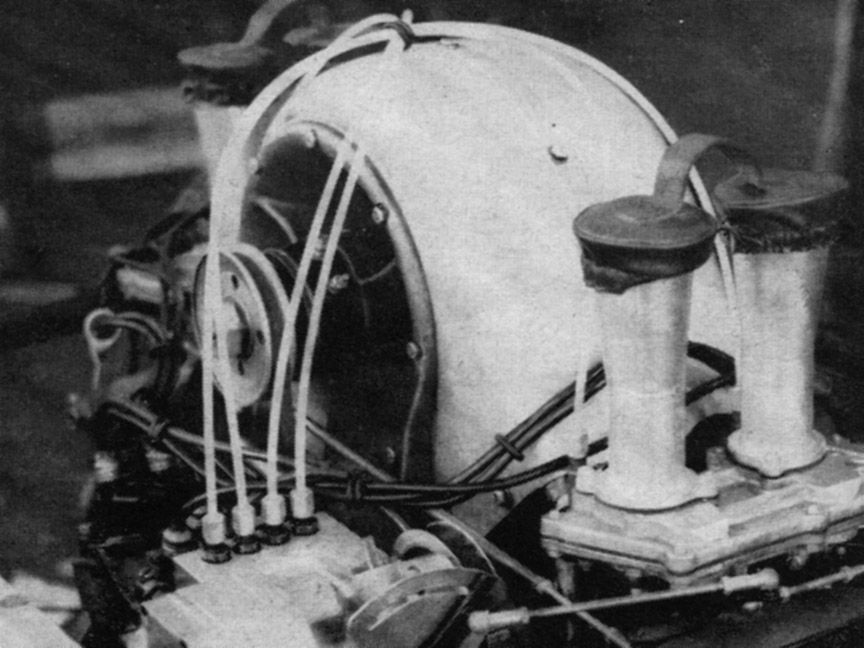
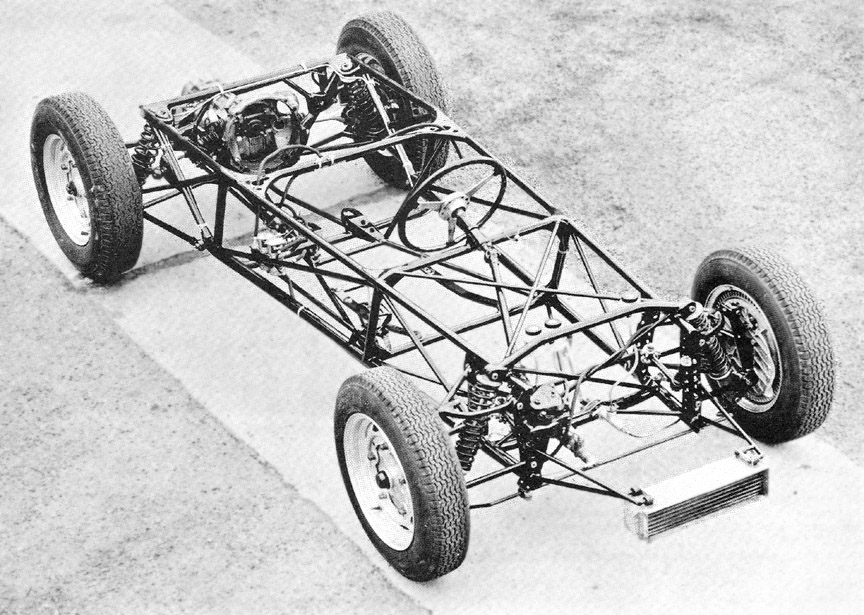
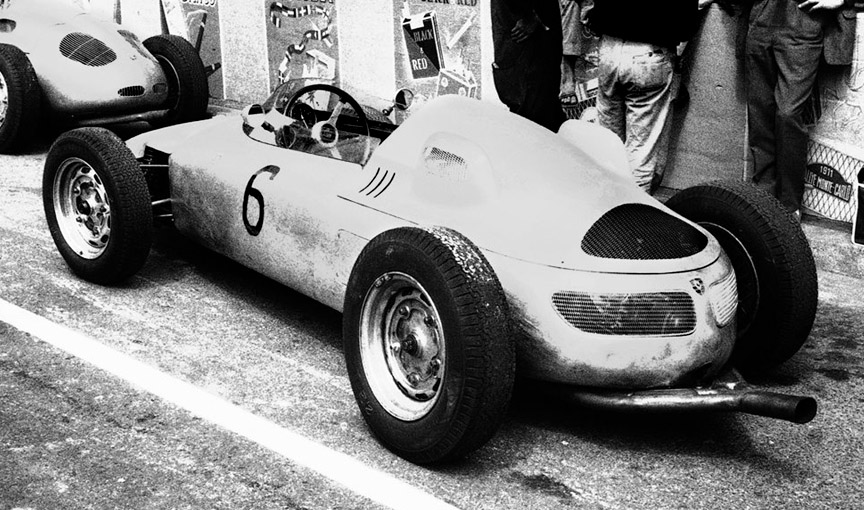
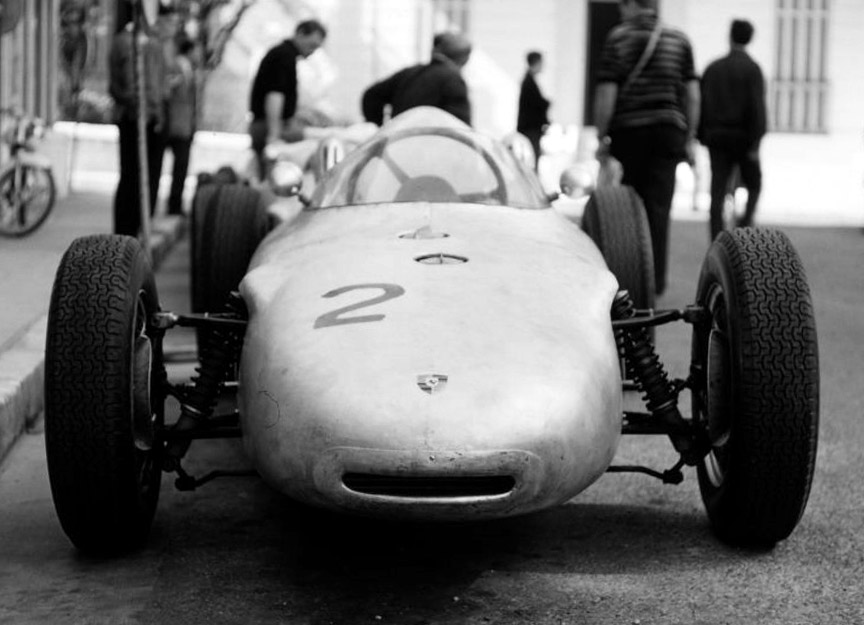
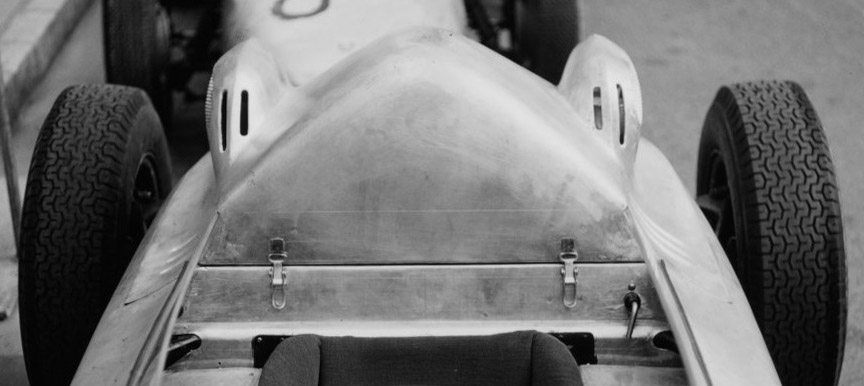

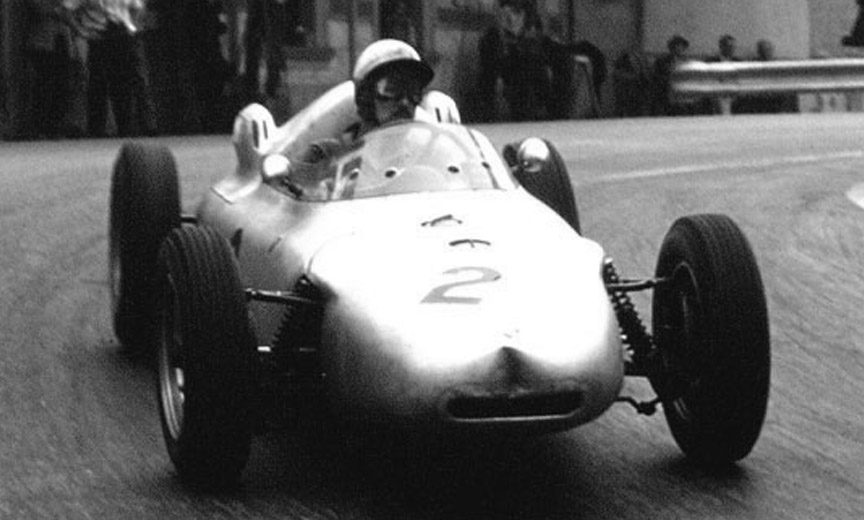
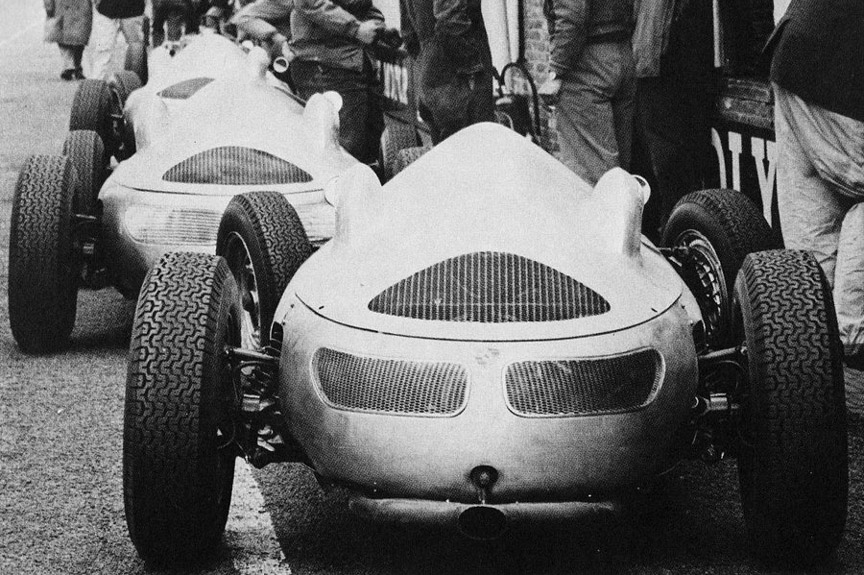
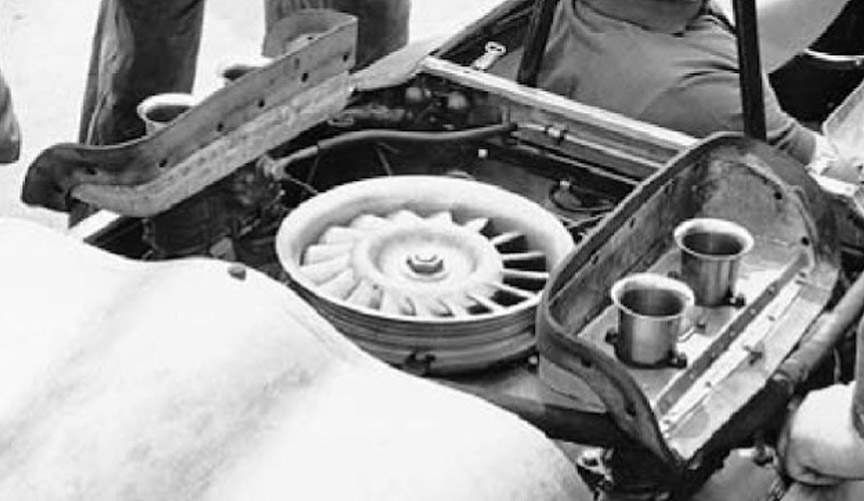
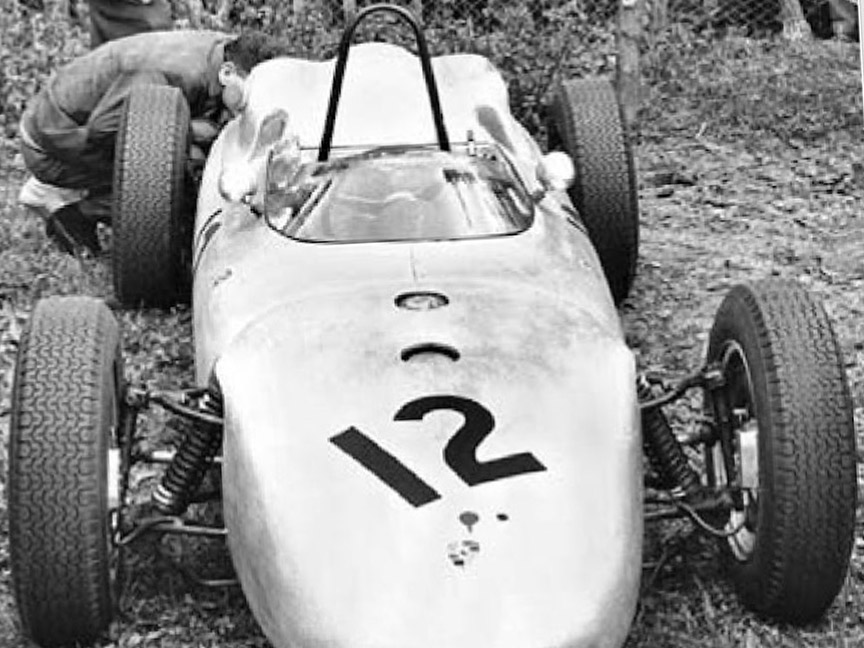
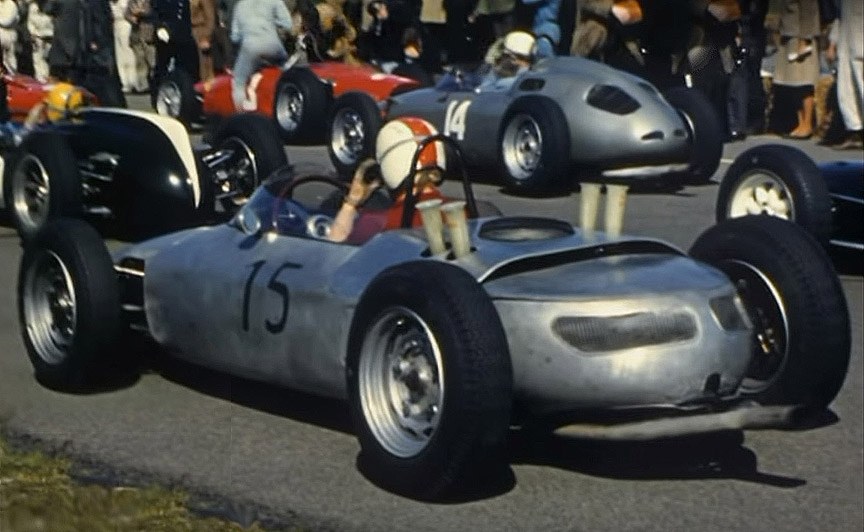
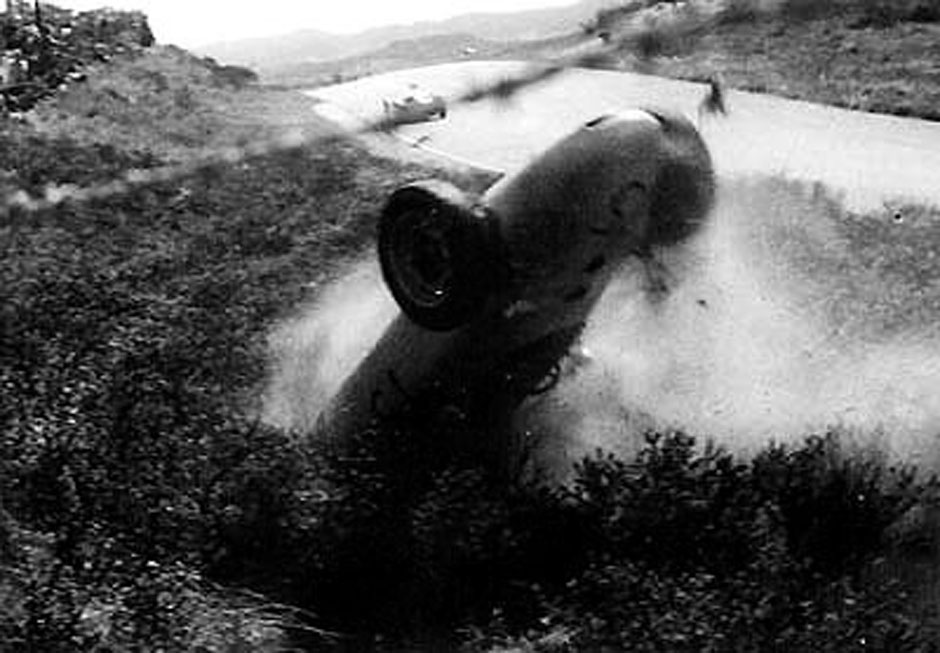
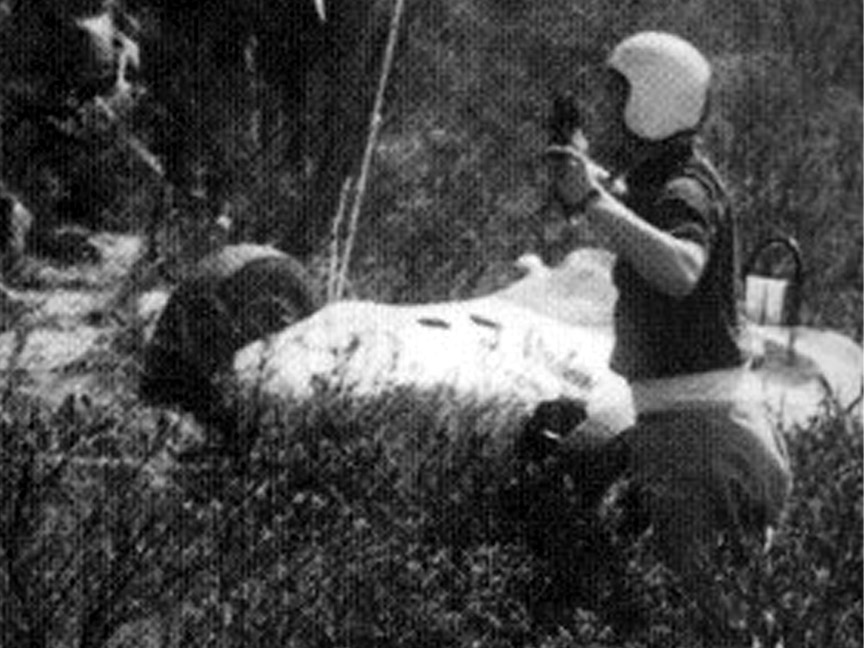
Specifications & Performance
Below we have the technical specifications and set up for the Porsche 787. Only two 787s, serial numbers 78701 and 78702, were ever built. Due to their lack of power and poor handling Ferry Porsche retired the model and continued with the 718/2 as a stopgap.
| Engine: | Flat four-cylinder four-stroke boxer Type 547/3 |
| Displacement: | 1,498 cc (91.4 cu in) |
| Bore × Stroke: | 85.0 mm × 66.0 mm (3.3 in × 2.6 in) |
| Maximum power: | 139 kW (189.0 PS; 186.4 hp) at 8000 rpm |
| Maximum torque: | 147 N⋅m (108.4 ft⋅lb) at 6500 rpm |
| Compression ratio: | 10.3:1 |
| Valvetrain: |
One bevel-gear driveshaft and two overhead camshafts per cylinder bank (four in total). Two valves per cylinder.
|
| Cooling: | Air-cooled (fan) |
| Transmission: |
6-speed gearbox with limited-slip differential, rear-wheel drive
|
| Brakes: | Drum |
| Suspension front: |
Upper and lower A-arms with coil springs over tubular shock absorbers.
|
| Suspension rear: |
Upper A-arm, lower reversed A-arm and radius rods, coil springs over tubular shock absorbers.
|
| Body/Chassis: |
Space frame of mild steel tubing with aluminum bodywork
|
| Track f/r: | 1,300 / 1,330 mm (51.2 / 52.4 in) |
| Wheelbase: | 2,300 mm (90.6 in) |
| Wheels and tires: | 5.50-15 R on J × 15 front 6.00-15 R on J × 15 rear |
| Length × Width × Height: |
3,600 mm × 1,520 mm × 900 mm (141.7 in × 59.8 in × 35.4 in)
|
| Weight: | 450 kg (992.1 lb) |
| Maximum speed: | 250 km/h (155.3 mph) |
Grand Prix Results
| Year | Grand Prix | Team | No. | Driver | Engine | Tire | Grid | Result |
| 1961 | Monaco | Porsche System Engineering | 2 | BONNIER Jo | Porsche 547/3 F4 | Dunlop | 9 | 12 |
| 1961 | Netherlands | Porsche System Engineering | 6 | BONNIER Jo | Porsche 547/3 F4 | Dunlop | 11 | 11 |
| 1961 | Netherlands | Porsche System Engineering | 7 | GURNEY Dan | Porsche 547/3 F4 | Dunlop | 6 | 10 |
| 1961 | Germany | Porsche KG | 10 | BARTH Edgar | Porsche 547/3 F4 | Dunlop | f | |
| 1962 | Netherlands | Maarsbergen stable | 15 | PON Ben | Porsche 547/3 F4 | Dunlop | 18 | ab |


